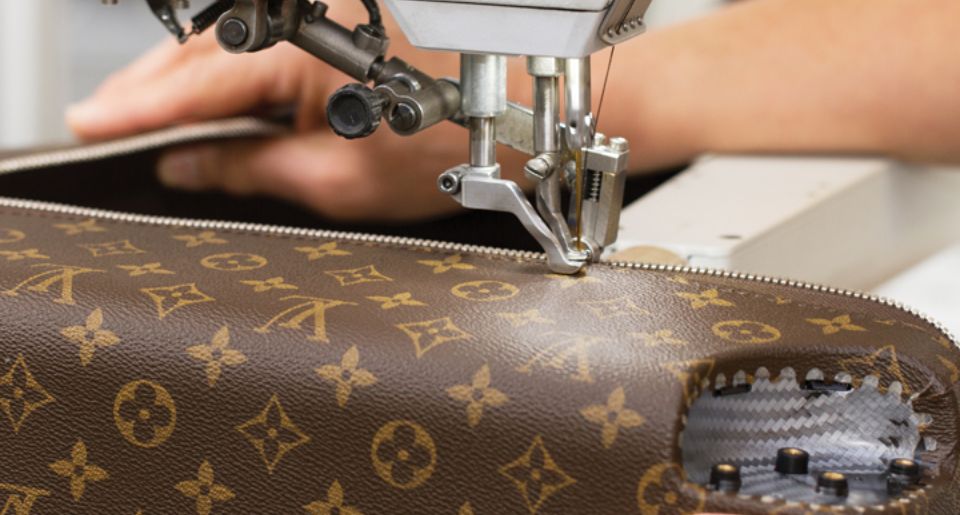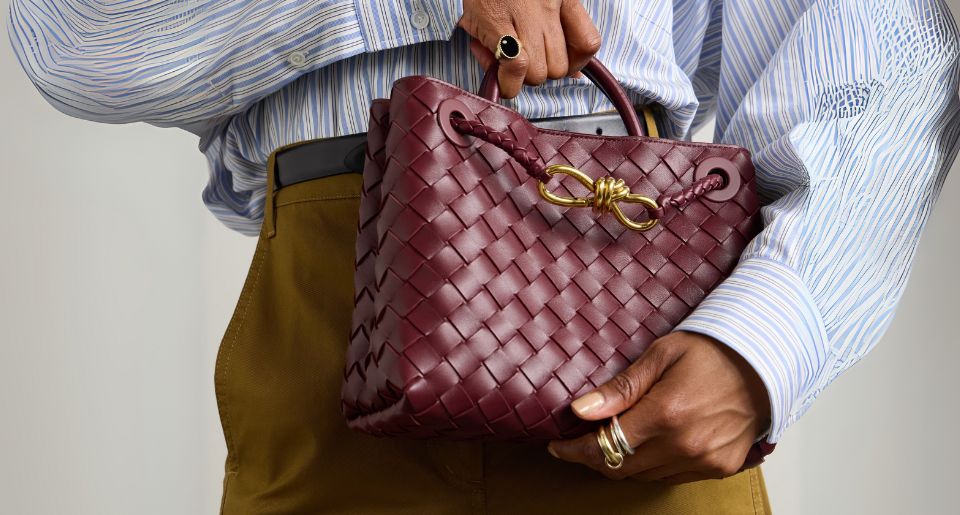Image by The Sydney Morning Herald
Behind every great man is a great woman, and for Christian Dior, this was Mizza Bricard—remembered as nothing more than his muse. But she was far more than that; in fact, many regarded her as an even “greater designer than Coco Chanel.”
Who really created the Dior legacy?
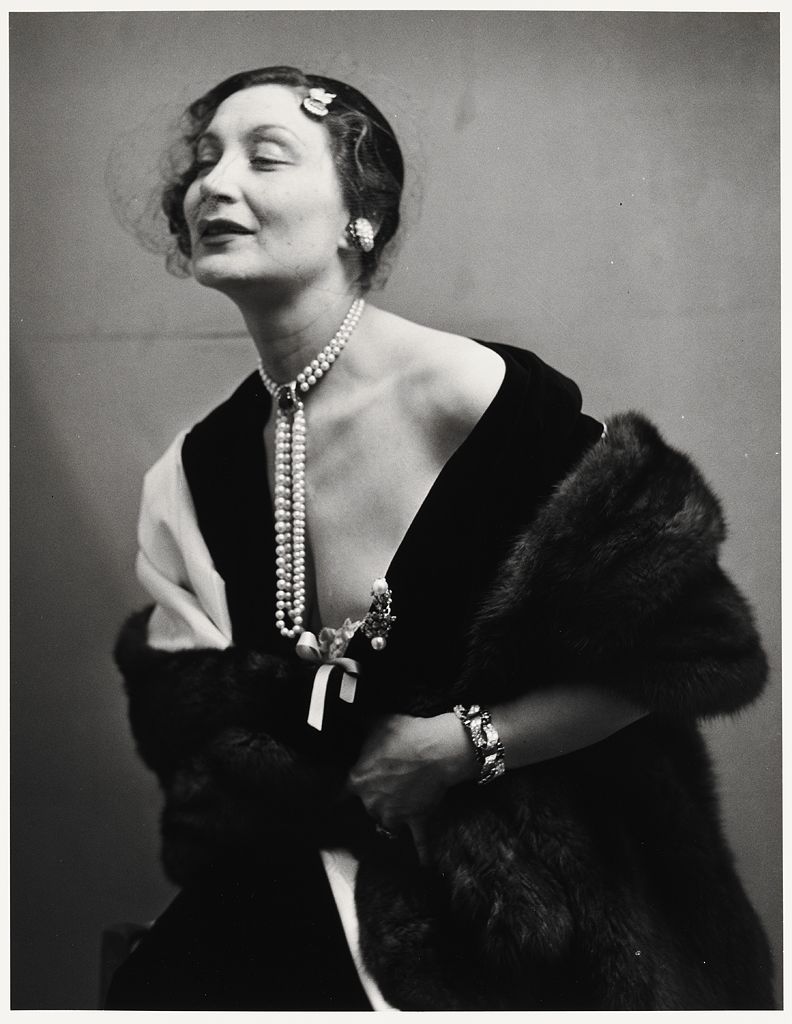
Image by The Non-Blonde
How often have we seen this scenario? A woman does something phenomenal, but a man takes all the credit. The plot twist is that the man in this case, Christian Dior, the visionary French designer behind the globally renowned fashion house, couldn't overlook the exceptional qualities of his muse.
“Bricard is one of those people, increasingly rare, who make elegance their sole reason for being,” Dior wrote in his autobiography, Christian Dior and I.
Indeed, Mizza Bricard wasn't just any muse; she had a multifaceted and intriguing identity that captivated all who knew her. Born Germaine Louise Neustadt, she later adopted several names—Madame Biano, Madame B., Madame Biano-Bricard, and Mitzah Bricard.
A forgotten fashionista
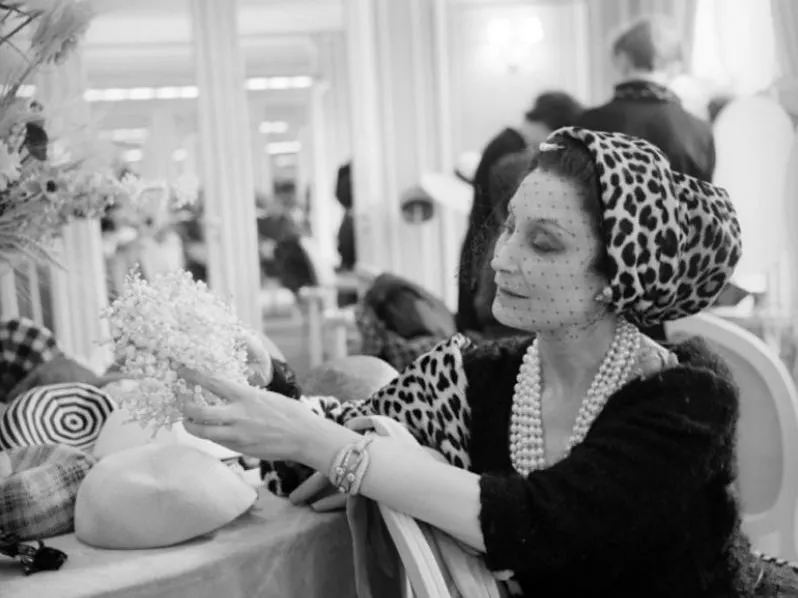
Image by Bijoux
Mizza Bricard was lauded as an exceptional talent in the fashion world, with the top couturiers acknowledging her expertise. Lady Jane Abdy, in her obituary for Mizza, even suggested that many saw her as a superior designer to Coco Chanel herself.
In 1934, Vogue spotlighted Madame Biano for wearing a small toupet—a removable hairpiece made from her own hair—to a soirée, pioneering the fringe-as-accessory that became a hit for several seasons.
Beyond her influence in trends, Mizza Bricard also designed for royalty, including the Queen of Spain, and even ran a millinery studio handed to her by Cristobàl Balenciaga after her stint at Molyneux.
Dior’s “first assistant designer”
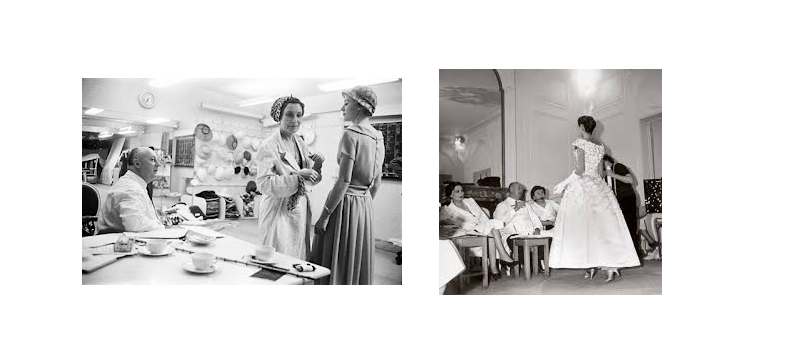
Images by Ŧhe ₵oincidental Ðandy
Despite Mizza Bricard’s profound influence and contributions to fashion, working closely with icons like Balenciaga and Dior, her legacy is often overshadowed by a narrative that reduces her to ‘just a muse.’
Unearthing Mizza’s contributions, as detailed in Vogue, allows for a correction of the historical record. Starting her career with Paris couturier Doucet in the early 1920s and later moving to a Doucet-owned brand, Mirande, Mizza was deeply involved in the creative process.
According to the 1930 Vogue article, she designed "a great many models" at Mirande and "always spent a great deal of her time in places where smart people gather."
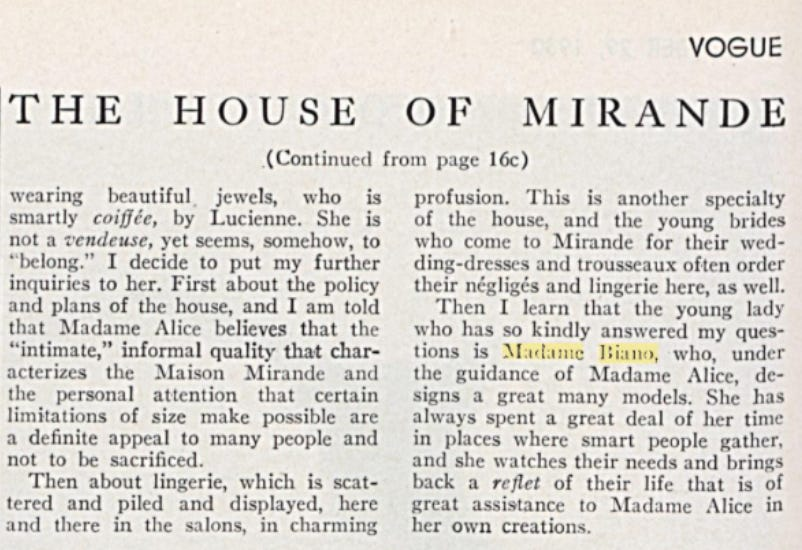
Image by Bijoux
This clear distinction between her role as a designer of fashion models (designs) and the mannequins (the women who showcased these designs) confirms her influence on the fashion designs of that era.
In a lesser-known narrative captured in a 1950 newspaper profile by fashion writer Elene Foster, Mizza's significance within the Dior team is highlighted. “She [Mizza] is a most important person on the Dior staff, second only to the great man himself … she is first assistant designer to Christian Dior,” Foster writes.
The depiction of her as only a muse raises a critical question about the representation of women in the arts: Why are women so frequently celebrated only as muses or inspirations rather than acknowledged as creators in their own right?
Was it her beauty?
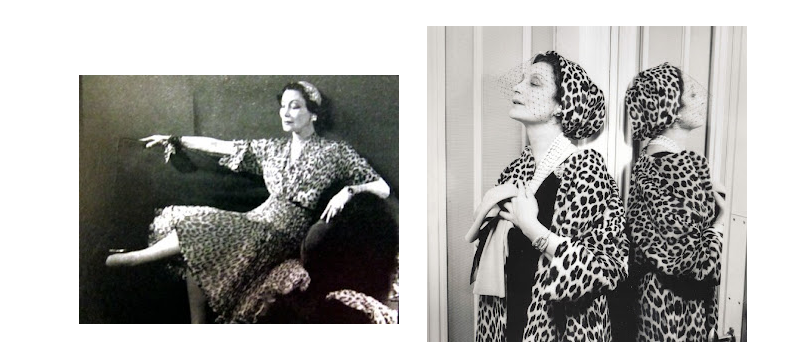
Images by Ŧhe ₵oincidental Ðandy
If we ponder the 'guilt' associated with Mizza Bricard's legacy, which often confines her recognition to merely being the muse behind Dior’s groundbreaking designs, it's important to consider how external perceptions—particularly those influenced by her lavish jewelry collection—may have shaped her historical portrayal.
Her collection, while largely sourced from her friend and esteemed Cartier jewelry designer Jeanne Toussaint, was surrounded by rumors suggesting it was gifted by affluent figures like the Aga Khan and a Turkish prince.
This perception feeds into the stereotype that a woman's wealth must come from questionable personal alliances rather than professional success or personal relationships, like her friendship with Jeanne Toussaint.
Isn't it a bit unfair to assume that Mizza had to provide ‘favors’ to obtain something as lavish as a seven-stranded pearl necklace?
Chanel's sharp tongue might give an answer
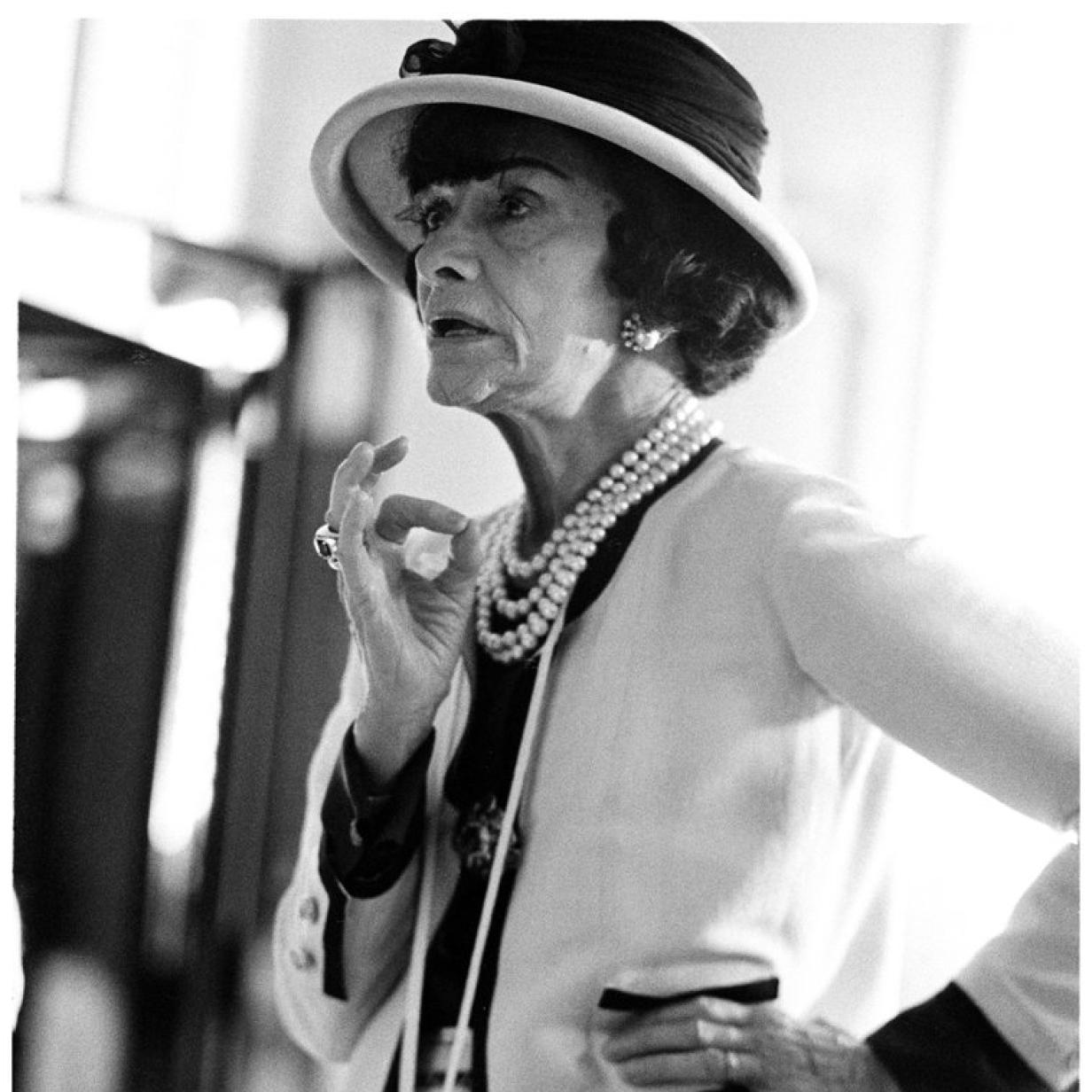
Image by Freizeit
Mizza Bricard was highly regarded within the fashion industry back then, but she didn’t receive the same historical recognition as Coco Chanel, who was known for her sharp tongue and memorable quotes like “Dior doesn’t dress women, he upholsters them.”
The French fashion icon added, “Look how ridiculous these women are, wearing clothes by a man who doesn’t know women, never had one, and dreams of being one.”
While Coco Chanel vocally disapproved of Christian Dior's designs and accused him of reverting women's fashion to 19th-century ideals of femininity, Christian Dior viewed his work through a different lens.
He saw his creations as temporary structures that glorified the female form, famously stating:
"I think of my work as ephemeral architecture, dedicated to the beauty of the female body."
The 'tyrant' has tailored his plan to perfection
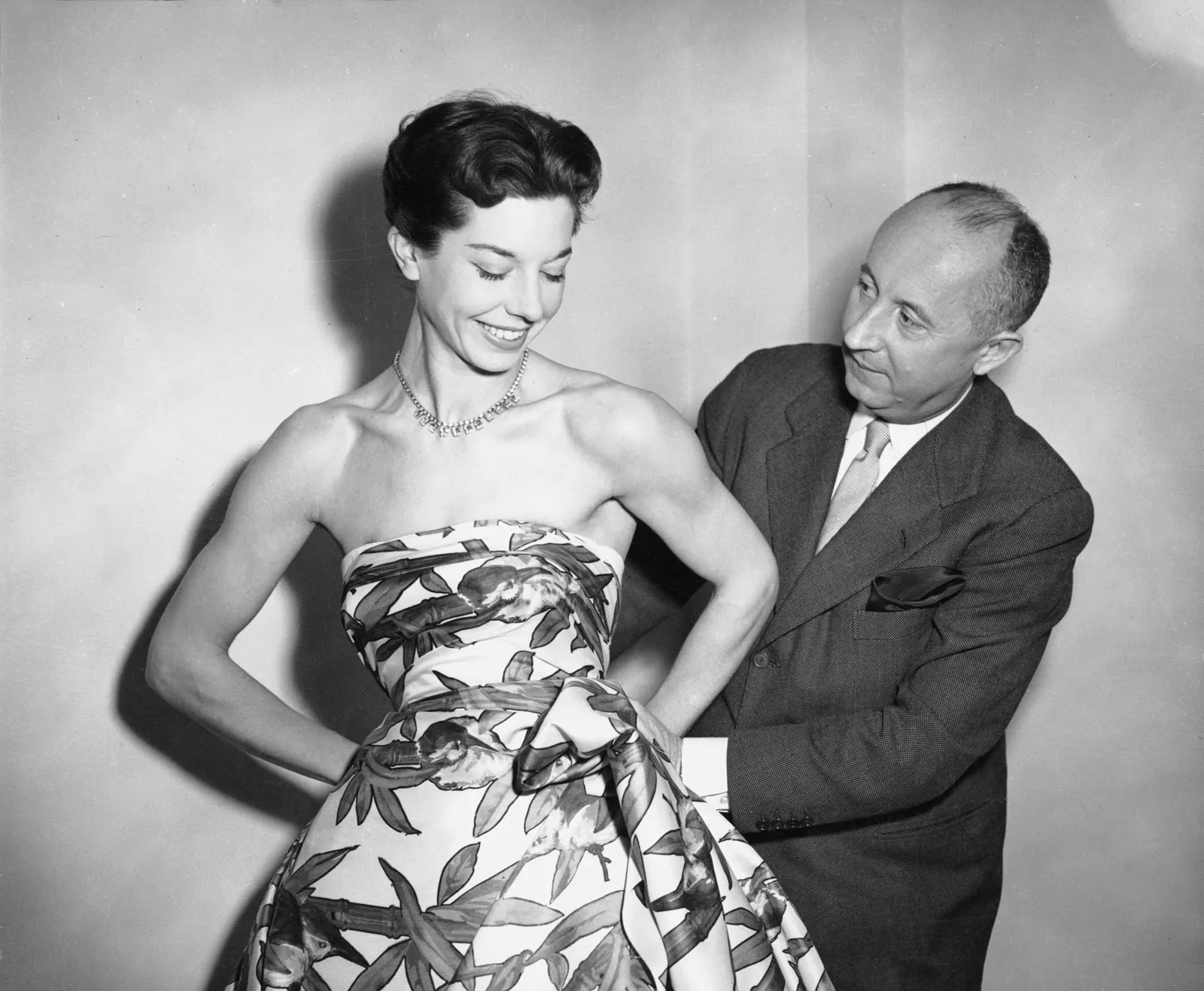
Image by FirstClasse
Indeed, Christian Dior was humorously referred to as the "Tyrant of Hemlines," and Chanel may not have agreed with his methods, but Dior's own narrative tells a different story, one of remarkable success.
In the aftermath of the war, Christian Dior introduced a revolutionary vision that redefined femininity through luxurious and sophisticated designs.
The atelier stood at the core of Dior's creative vision, where his groundbreaking concepts were transformed into awe-inspiring designs, setting new benchmarks for how women embraced luxury in his time.
Christian Dior's success was unmistakable. The acclaim of the House of Dior reached beyond national boundaries, enchanting a worldwide clientele of elites. This widespread recognition spurred the brand to expand internationally, opening boutiques in key fashion cities such as Milan, London, and New York.
Since Christian Dior's death in 1957, his fashion house has only grown in stature and influence. Today, his namesake brand has outdone itself, with the Christian Dior group recording a staggering €86.2 billion in revenue for 2023—a 13% increase from the previous year—demonstrating the timeless appeal and global influence of his visionary work.
Well, it seems the 'tyrant' stitched up something just right.
About The Writer
Meet Mariam - a fashion writer with a geek-level enthusiasm for all things vogue and glamor. For her, the most therapeutic aspect of fashion goes beyond simply shopping for the latest styles that appear in stores—it’s fully experiencing this glamorous world from the little details to the big moments (because who doesn’t enjoy flipping through a glossy fashion magazine?).


